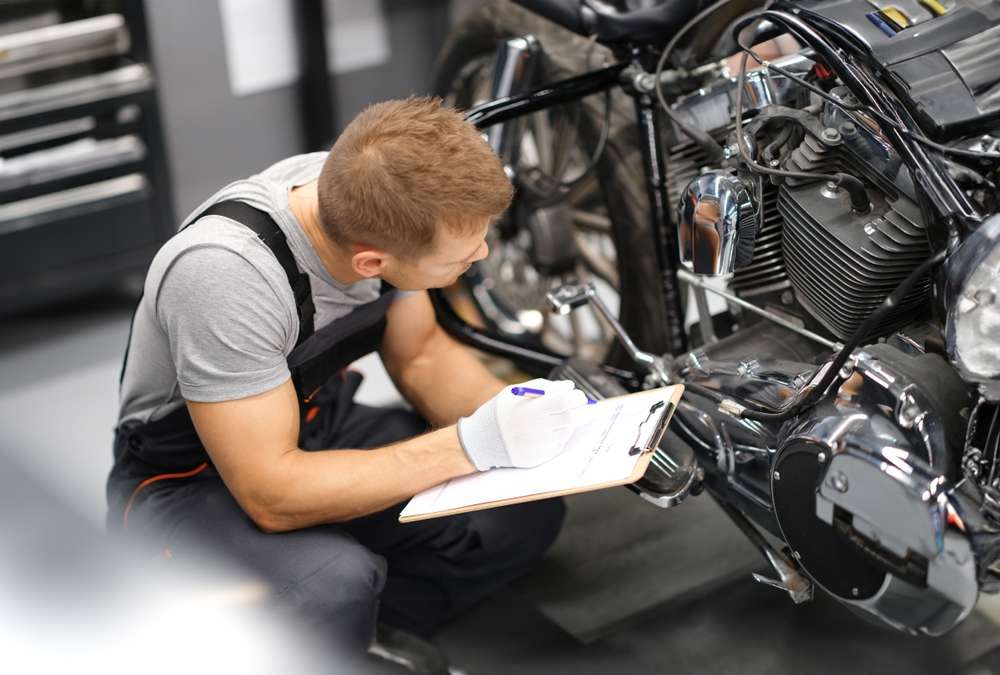Safe combustion checks homeowners can perform and when to call a technician
This article explains practical combustion checks homeowners can safely perform on furnaces and boilers, how to spot signs of unsafe combustion, and clear guidance on when to contact a qualified technician. Topics include simple inspections, ventilation review, thermostat and filter checks, and seasonal considerations.

Modern heating systems keep homes comfortable, but combustion appliances like furnaces and boilers require attention to remain safe and efficient. Homeowners can perform several basic checks to monitor combustion safety, spot early warning signs, and help preserve energy efficiency. These tasks do not replace professional tuneup and inspection, but they do help you decide when an HVAC technician is needed. Keep combustion area clear, follow manufacturer guidelines, and prioritize visible symptoms such as unusual odors, soot, or inconsistent heat output.
Combustion and safety basics for homeowners
Combustion safety hinges on correct fuel burning and proper ventilation. Look for yellow or flickering pilot flames on older appliances; a strong blue flame typically indicates cleaner combustion. Be alert for unusual odors (like rotten eggs from gas or persistent chemical smells) and any signs of soot or black dust around vents and the appliance. Carbon monoxide is colorless and odorless, so ensure you have working detectors on each floor. Never block combustion air openings and avoid storing flammable materials near the furnace or boiler to reduce fire and ventilation hazards.
Furnace and boiler visual inspections
A simple visual inspection can reveal many early issues. Check the furnace or boiler exterior for rust, leaks, or visible cracks. For gas systems, observe the burner area if accessible: clean components, a clear sight glass, and a stable flame are positive signs. Inspect vents and chimneys for obstructions such as nests, leaves, or snow. For oil-fired equipment, watch for drips or stains near the fuel line and tank. If you notice corrosion, persistent leaks, or damaged components, schedule a professional inspection rather than attempting repairs yourself.
Checking ventilation, ductwork, and filters
Proper ventilation and clean ductwork contribute to safe combustion and good energy performance. Replace or clean HVAC filters regularly to prevent airflow restriction that can stress the blower and heat exchanger. Scan visible ductwork for disconnected seams, heavy dust buildup, or signs of mould. Make sure exhaust vents outside the home are clear and that intake vents are unobstructed. Restricted airflow can elevate combustion temperatures and increase risk of incomplete combustion; if ducts are dirty or leaking, contact local services to assess ductwork sealing and cleaning options.
Thermostat, blower, and efficiency signals
The thermostat and blower are indirect indicators of system health. If the thermostat settings are correct but rooms remain uneven or the system cycles frequently, the blower motor or control system may need diagnostics. Listen for unusual noises from the blower or fan assembly—squeaks, rattles, or grinding suggest wear. Decreased efficiency, higher energy usage, or a sudden spike in bills can indicate combustion or airflow problems. Keep a log of thermostat behavior and energy use to help technicians pinpoint issues during a future tuneup or inspection.
Simple diagnostics, tuneup tasks, and seasonal steps
Homeowners can perform a handful of safe maintenance tasks: change filters every 1–3 months depending on use, vacuum around the appliance area, and ensure the thermostat batteries are fresh. Before the heating season, inspect vents, remove debris from exterior exhausts, and confirm safety switches and access panels are secured. A seasonal tuneup by a qualified HVAC technician typically includes combustion analysis, heat exchanger inspection, and blower service—tasks that require diagnostics tools and training. Use seasonal checks to decide whether you need a professional tuneup to maintain efficiency and safety.
When to call a technician for repair or deeper inspection
Call a qualified technician if you detect soot, persistent yellow flames, strong gas or chemical odors, visible cracks in the heat exchanger, or if carbon monoxide alarms trigger. Also seek professional repair when the system leaks, exhibits major airflow loss, shows ignition problems, or when electrical components like the blower or control board make alarming noises. Technicians perform combustion analysis, ventilation assessment, and diagnostics that homeowners should not attempt, and they can provide certified repairs and documentation. For local services, look for licensed HVAC providers with combustion safety credentials.
In summary, homeowners can safely perform basic combustion checks—visual inspections, filter changes, ventilation checks, and monitoring thermostat and energy signals—to reduce risks and maintain efficiency. These actions help identify early warning signs, but professional inspection and repair remain essential for combustion diagnostics, heat exchanger assessment, and any condition that could produce carbon monoxide or unsafe operation. Regular seasonal attention and timely technician involvement help maintain both safety and energy performance.






